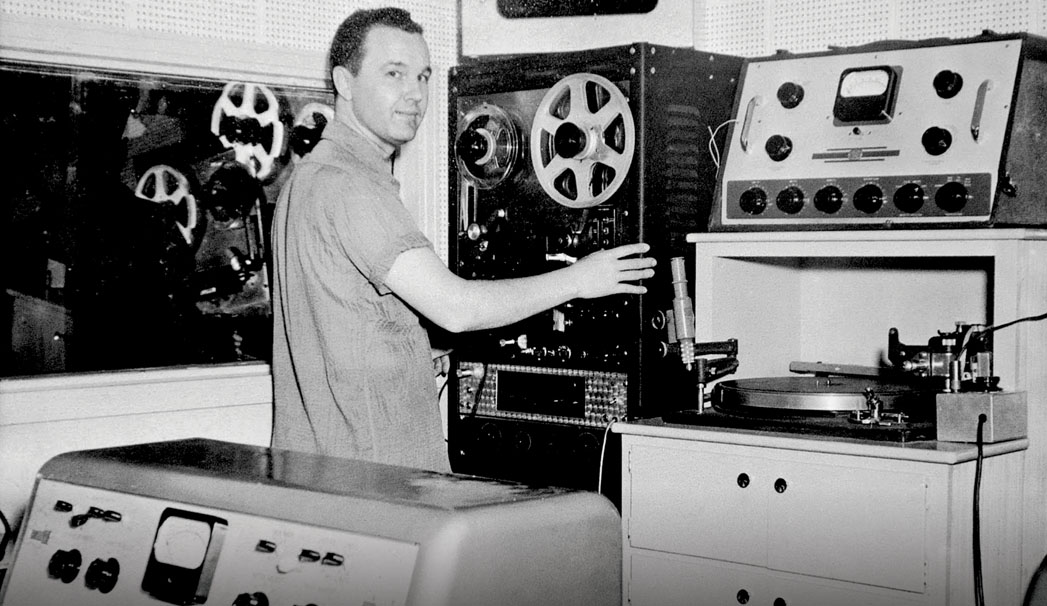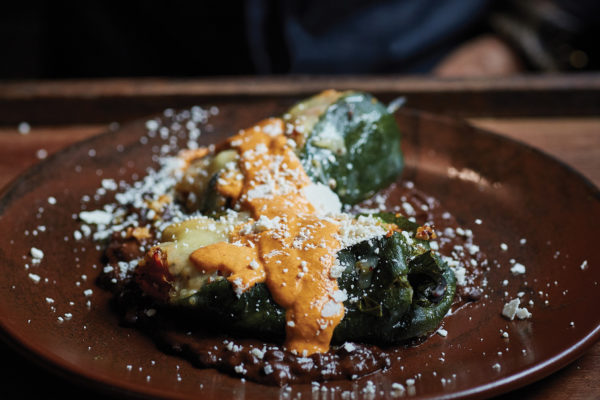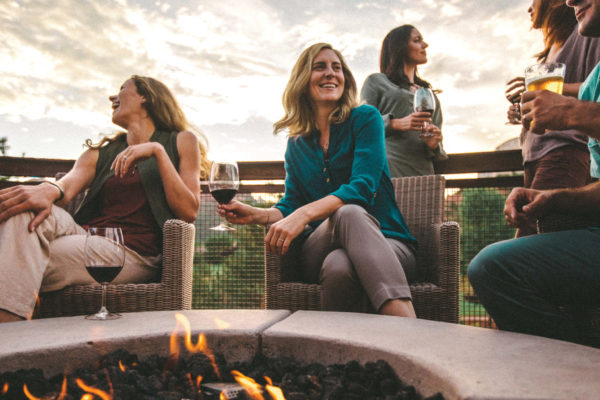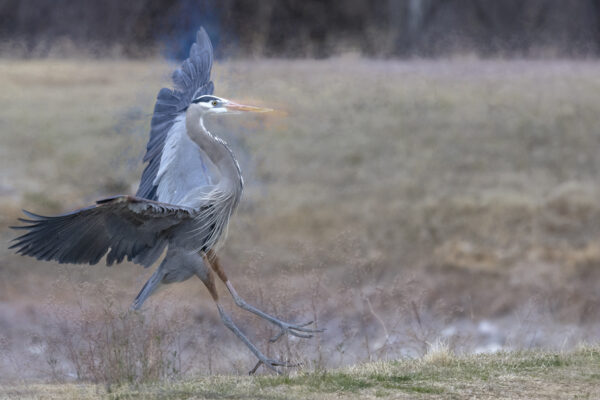Norman Petty is the most famous person you’ve probably never heard of. He was a music industry whirlwind: instrumentalist, songwriter, audio engineer, talent manager and, most important, an independent record producer. The 20 Top 40 hits he produced during the 1950s and ’60s include such classic rock ’n’ roll chart-toppers as Buddy Knox’s Party Doll and Jimmy Gilmer and the Fireballs’ Sugar Shack. He was also responsible for just about everything recorded by the legendary Buddy Holly and the Crickets. For more than half a century, the echoes of Petty’s musical output have reverberated around the world. Need proof? Just listen to The Beatles’ early records; even their name was a sly Lennonish wink at the influence his work with the Crickets exerted on them.
Petty’s rock ’n’ roll life began with an easy-listening standard. In 1955, the Norman Petty Trio (Petty on Hammond organ, his keyboardist/vocalist wife Vi and guitarist Jack Vaughn) scored big with their recording of Duke Ellington’s Mood Indigo, which reached No. 14 on the national pop charts. Using the money he made from the hit, Petty opened a state-of-the-art recording studio inside a building that formerly housed a grocery store in his hometown of Clovis, New Mexico. Without missing a beat, the 1,300-square-foot facility quickly earned a solid reputation among southwestern musicians for its pristine acoustics and easygoing ambience. It wasn’t long before 20-year-old “Western and Bop” performer Buddy Holly heard about the studio and in February 1957, he drove to Clovis from his home in Lubbock, Texas, to cut some demos. Holly was signed to Decca Records in Nashville but had been notified that his contract wasn’t going to be renewed. It was in Clovis, with Petty behind the recording console, that the rocking genius with the studious eyewear first truly emerged. The second tune Holly and his bandmates (soon to be dubbed the Crickets) put on tape during that momentous session was That’ll Be the Day; within a few months it was a million-record-selling smash on Brunswick Records. Holly went on to record dozens of songs with Petty before his untimely death in a February 1959 airplane crash. It was their joint collaboration that led to Holly becoming one of the charter members of the Rock and Roll Hall of Fame.
Petty, who died in 1984, recorded a hit parade of other musical greats including Roy Orbison, Waylon Jennings, The String-A-Longs, Carolyn Hester and Chita Rivera. But it’s his work with Holly and the Crickets that has influenced generations of musicians and the techniques used to record them. It’s unfortunate that The Buddy Holly Story, the fictionalized 1978 biopic with Gary Busey, has become the primary source of information for what most people today know about the rock icon. That film completely ignores the vital role Petty played in his career. In fact, Petty’s contribution has been downplayed – and even eliminated from – many Holly biographies, possible fallout from the decades of business and personal squabbling that went on between Petty and the late musician’s estate.
The mythology of Buddy Holly’s life commemorates “the day the music died.” It’s high time the world sings the praises of the place where the music was born: the Norman Petty Recording Studios. Kenneth Broad, the executor of Vi Petty’s estate, has dedicated himself to preserving the memory of this remarkable couple. He conducts free, by-appointment-only, private tours of the studio, which has remained substantially unchanged since the 1950s. Mr. Broad was unavailable to escort us himself on the day we visited Clovis, but he arranged for a substitute guide who’d been an active participant in rock ’n’ roll history: David Bigham, bass voice of the Roses, the trio that sang backup on such classic Crickets records as It’s So Easy! and Think it Over. The Roses went on the road with Holly and the band in 1958 and were the only vocal group ever to perform onstage with them.




